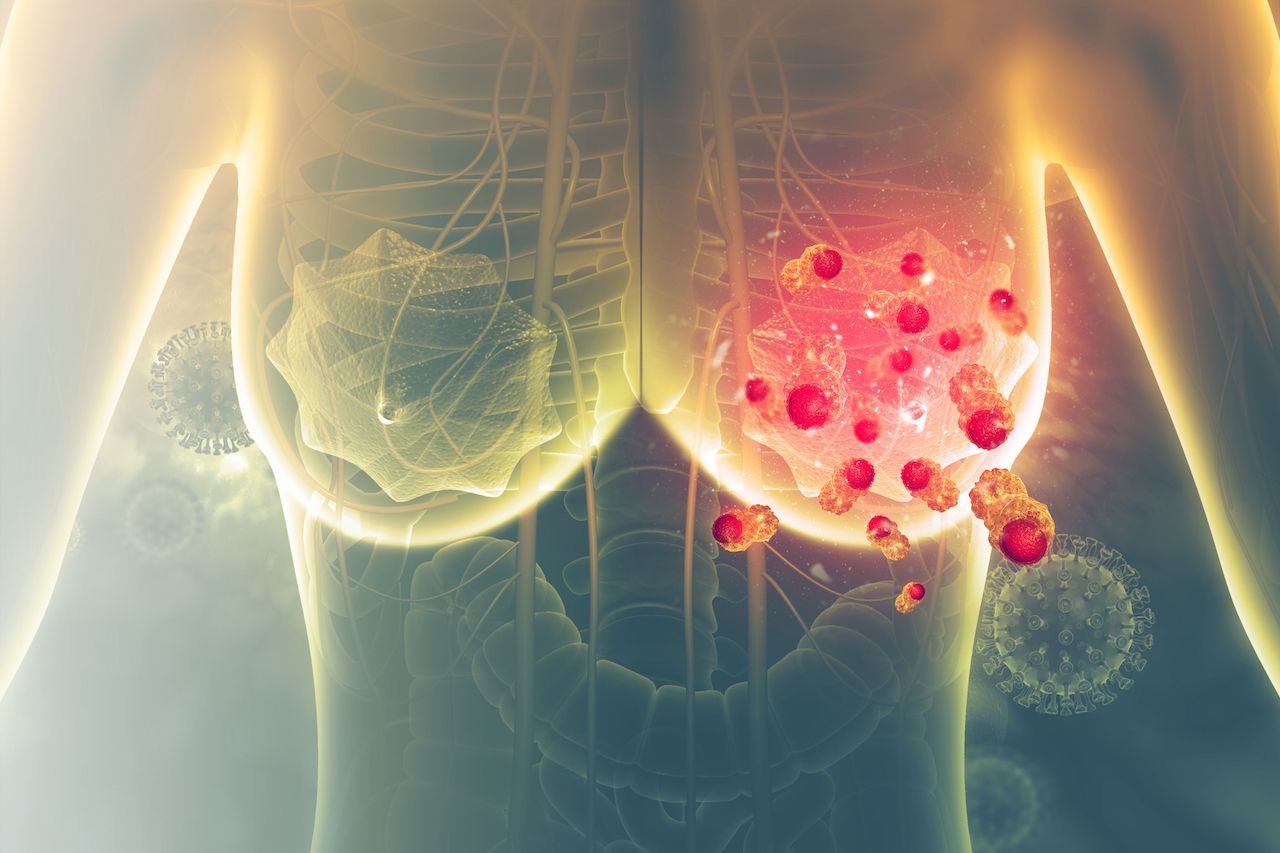Article
Top 5 Most-Read Breast Cancer Articles of 2020
Author(s):
These top 5 posts from our breast cancer compendium in 2020 show that while much is known about breast cancer, much remains that can help to broaden the knowledge armamentarium.
These top 5 posts from our breast cancer compendium in 2020 show that while much is known about breast cancer, which treatments are effective, and what areas could benefit from future investigations, much remains to broaden the knowledge armamentarium—especially this year, when the coronavirus disease 2019 (COVID-19) pandemic has infiltrated every facet of the health care continuum.
Our #1 and #5 articles saw investigations into the impact of the pandemic on the breast cancer space, and the others covered a range of issues: from early- to late-onset disease and increasing rates of disease.
5. Are There Benefits to Awake Breast Cancer Surgery During COVID-19?
With the ultimate goal of reducing the risk of COVID-19 cross-contamination, outcomes were compared between 2 groups of patients at an Italian hospital: those who had surgery for their disease prior to March 1 and those who had surgery after March 1. Resources originally meant for the patients with breast cancer had been reallocated to aid in the fight against COVID-19. The study authors, who wanted to reduce invasive surgeries and emphasize enhanced recovery after surgery protocols so that breast cancer surgery was available to more patients, found that more patients in the post–March 1 group had more awake surgeries that reduced their operative room time by close to 21 minutes and their hospital length of stay by just over a half-day.
4. Global Incidence of Premenopausal, Postmenopausal Breast Cancer Rising
Using an age cutoff of 50 years, premenopausal breast cancer among women younger than 50 years and postmenopausal breast cancer among women 50 years and older were both shown to have increased between 1998 and 2010. Higher-income countries experienced the greater rate of premenopausal disease and lower-income countries had higher rates of postmenopausal disease. Overall, there were 53.9% more cases of postmenopausal invasive breast cancer and 73.5% more deaths from the disease. Per 100,000 individuals, western Europe and Australia/New Zealand had the highest age-standardized rates of pre- and postmenopausal breast cancer, respectively, while south central Asia and middle Africa had the lowest.
3. Early-Onset Breast Cancer Possibly Linked to Preeclamptic Pregnancy, High Birth Weight
Among several variables studied—experiencing preeclampsia in pregnancy, smoking status during pregnancy, gestational hypertension, prenatal diethylstilbestrol (DES) use, gestational diabetes, low birth weight, high birth weight, short gestational length, and being breastfed or fed soy formula—preeclampsia and high birth weight carried the highest associated risks of developing young-onset breast cancer, with odds ratios (ORs) of 1.92 and 1.59, respectively. The Two Sister Study, which produced these results, compared outcomes among women with ductal carcinoma in situ or invasive breast cancer with those seen among their sisters with no disease history up to their sister’s diagnosis. Lower risks for breast cancer were seen with prenatal exposure to DES and having been breastfed, with ORs of 0.82 and 0.76.
2. Dr Aditya Bardia: Further Research Is Needed to Understand Resistance to Sacituzumab Govitecan
Sacituzumab govitecan, an antibody drug conjugate, received accelerated approval from the FDA in April based on results seen in patients with metastatic triple-negative breast cancer who had previously received at least 2 lines of therapy. The 33% response rate greatly improved upon the standard 5% to 10% seen with standard chemotherapy, noted Bardia, a breast medical oncologist at Massachusetts General Hospital, in this interview for results he was presenting at this year’s ESMO Virtual Congress. However, treatment resistance to this immunotherapy is not entirely understood and is an area of focus for investigators hoping to increase treatment options and patient survival.
1. Survival Consistent for Women With Early-Stage Breast Cancer Despite Surgery Delays
In our top breast cancer article of the year, surgical and neoadjuvant endocrine treatment delays were shown to not decrease the odds of 5-year survival or increase the odds of pathologic upstaging among 378,839 women who had ductal carcinoma in situ or estrogen receptor-positive stage I/limited stage II disease. This study population, all of whom had their cancer diagnosed between January 1, 2010, and December 31, 2016, mirrored most patients with breast cancer whose surgeries were delayed early in the COVID-19 pandemic. Odds of clinical upstaging were greater with delays longer than 60 and 120 days post diagnosis, but to truly see the effects of similar delays on women receiving treatment for breast cancer during the pandemic, they must be studied.





